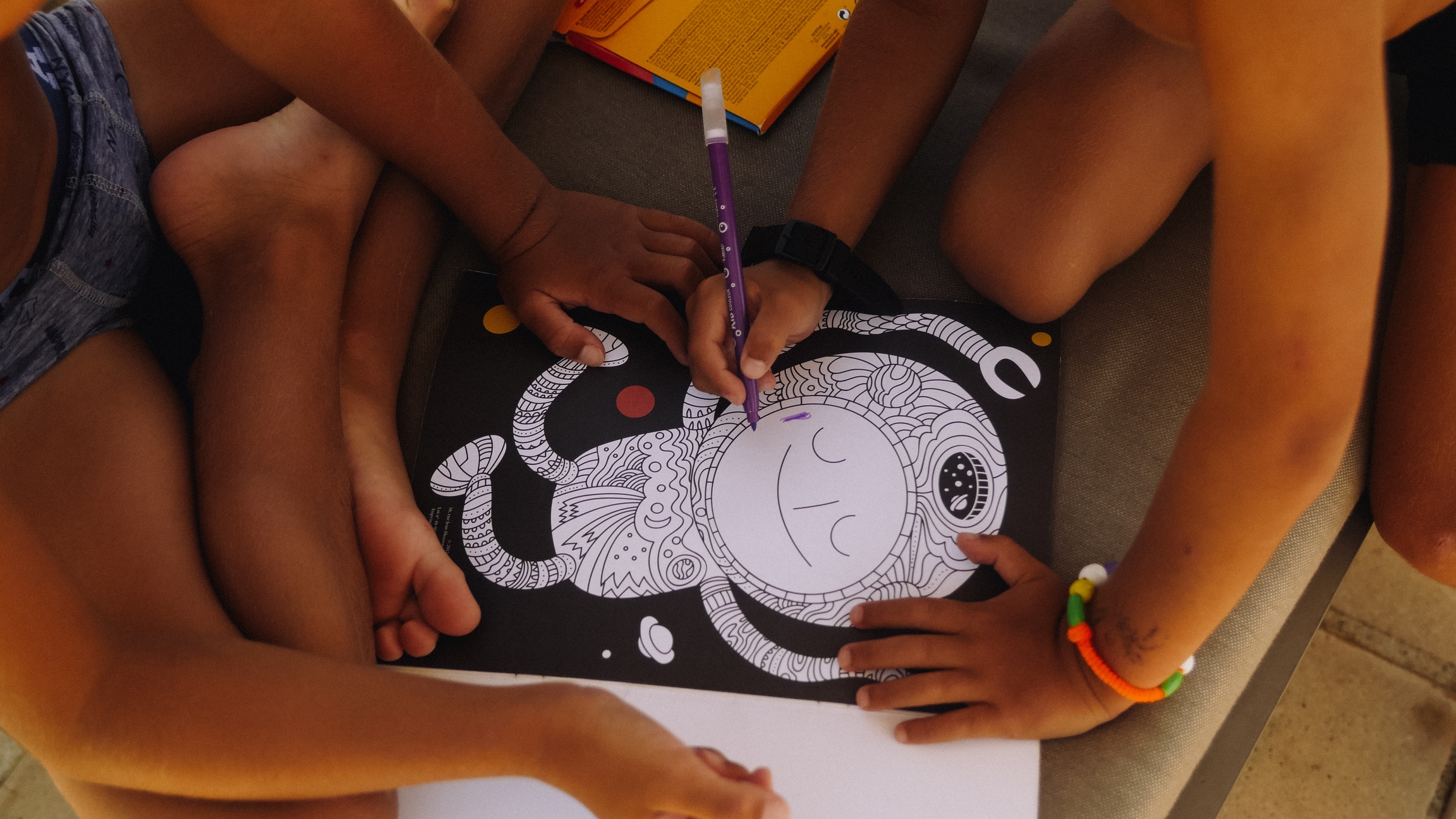As urban areas continue to expand, the question arises: where do the children play? An increasingly important aspect of urban development involves designing child-friendly spaces. These areas in the urban landscape contribute significantly to children’s cognitive development, health, and overall wellness. Let’s explore the critical factors in designing child-friendly urban spaces in real estate developments.
Analyzing the Importance of Child-Friendly Urban Spaces
Before diving into the design process, it’s crucial to understand why child-friendly urban spaces hold such importance. A residential area isn’t just about the homes within it. It also involves the environment surrounding them, which directly impacts the residents’ well-being, particularly children.
A lire aussi : What Are the Potential Risks and Returns of Crowdfunding Hotel Real Estate Investments?
Children need space to play, explore, and learn. According to a study by Crossref, the availability and quality of play spaces in urban areas significantly affect children’s cognitive development and health. The research further states that children living in cities without adequate play areas often exhibit higher levels of stress and lower academic performance.
The environment in which a child grows up plays an essential role in shaping their adulthood. It impacts their physical health, mental well-being, and their perceptions about safety, community, and belonging. A city designed with children in mind is not only beneficial to them but also contributes to the overall wellness and happiness of all residents.
En parallèle : What Are the Challenges of Building Zero-Waste Communities in Urban Centers?
Understanding what Makes an Urban Space Child-Friendly
Designing a child-friendly space requires understanding children’s needs and how they interact with their environment. A child-friendly urban space is not merely a playground. It’s an environment that supports all aspects of a child’s development – physical, cognitive, social, and emotional.
According to a study by Crossref, a child-friendly urban space should be accessible, safe, inclusive, and engaging. It should be a space where children can play, explore, learn, and socialize. It should be a space that respects children’s rights and caters to their needs.
An inclusive space means it’s designed for all children, regardless of their abilities, ensuring that every child can enjoy and benefit from it. An engaging space, on the other hand, stimulates children’s senses, sparks their curiosity, and encourages them to explore and learn.
The Role of Real Estate Developers in Creating Child-Friendly Urban Spaces
Real estate developers play a pivotal role in shaping the city’s landscape. Hence, they also have a significant responsibility in creating child-friendly spaces. The task involves more than just allotting an area for a playground. It includes considering how each design decision impacts children’s health, wellbeing, and development.
For instance, residential developments should include green spaces where children can interact with nature. Research has shown that exposure to green spaces can improve children’s cognitive development and reduce the risk of mental health issues.
Besides, pathways within the development should be designed to be safe for children to navigate independently, fostering their confidence and autonomy. Traffic calming measures should be implemented to create a safe environment for children to play and move around freely.
Strategies to Design Child-Friendly Urban Spaces
The design of child-friendly urban spaces should involve careful planning, analysis, and consultation with various stakeholders, including children. Here are some strategies that can be employed:
Firstly, involve children in the planning and design process. Ask them what they would like to see in their neighborhood. Their input can provide valuable insights into creating spaces that are genuinely child-friendly.
Secondly, make the spaces adaptable. Children’s needs change as they grow. Therefore, a child-friendly space should be flexible enough to evolve with them.
Thirdly, ensure the spaces are inclusive. Design spaces that are accessible and enjoyable for children of all abilities.
Lastly, think beyond traditional playgrounds. Children can play and learn anywhere. Spaces like community gardens, nature trails, and open plazas can also serve as great places for children to explore and learn.
The Impact of Child-Friendly Urban Spaces on Cities
Designing child-friendly urban spaces is not just about improving children’s lives. It also brings about numerous benefits to the wider community and the city as a whole. It encourages families to stay and invest in the city, thus contributing to the city’s economic development.
Moreover, child-friendly spaces create opportunities for social interaction, fostering a sense of community and belonging among residents. They create neighborhoods where people look out for each other, thereby enhancing the city’s safety and security.
Let’s not forget the environmental benefits. Child-friendly spaces often involve green spaces, which help improve air quality, reduce noise pollution, and provide habitats for urban wildlife.
Child-friendly urban spaces, therefore, are not merely a good-to-have element in city planning. They are a must-have feature for building sustainable and liveable cities for all.
Design Principles for Child-Friendly Urban Spaces
Understanding that children require spaces to flourish is one thing, but implementing this understanding into real estate development is another. Notably, it is an art that balances the need for safety and the need for exploration. Here are some design principles that can guide the transformation of urban spaces into child-friendly environments.
Firstly, safety is paramount. As per findings on Google Scholar, children tend to thrive in environments where they feel secure. This doesn’t mean we should overprotect them, but rather create environments that are controlled, yet offer room for exploration and adventure. Aspects of safety include pedestrian-friendly zones, secure boundaries, and reduced traffic areas.
Secondly, scale is a crucial factor. Children are small, and the world often feels too big for them. Therefore, creating spaces that are scaled down to their size can make them feel comfortable and in control. This includes elements like low walls or benches, small doorways, and play equipment that fits their size.
Thirdly, providing variety and adaptability in the environment encourages children to engage in different types of play and caters to different age groups. This can be achieved by providing a range of options like climbing structures, sand pits, water features, quiet zones, and open spaces for ball games.
Lastly, nature should be incorporated into the design. As per a study cited on Scholar Crossref, interaction with the natural environment stimulates children’s cognitive skills and contributes to their overall child development. This can be done by integrating green spaces, planting trees, creating nature trails, and incorporating natural materials into the play structures.
##Conclusion: Building Child-Friendly Cities for the Future
In conclusion, designing child-friendly urban spaces in real estate developments requires a careful and thoughtful approach. It’s more than just a legal or moral obligation – it’s a strategic investment in the future. By creating environments that foster children’s physical health, cognitive development, and emotional wellbeing, we are helping to raise a generation of healthy, active, and responsible citizens.
A city that respects children’s perspectives and needs not only improves the quality of life for its youngest residents but also fosters a friendly environment conducive to growth and prosperity. As research on Google Scholar indicates, child-friendly cities attract families, promoting demographic diversity, and boosting the city’s economic vitality.
Moreover, building child-friendly cities sends a strong signal about the kind of society we want to be. It shows that we value every citizen, regardless of their age group, and we care about their quality of life. It underscores our commitment to sustainability, inclusivity, and social equity.
Children are not just the future of our cities – they are also their present. Their laughter, energy, and creativity can bring life and joy to our urban spaces. So, let’s listen to their views, pay attention to their drawings, and involve them in shaping our cities. After all, a city that works for children works for everyone.











